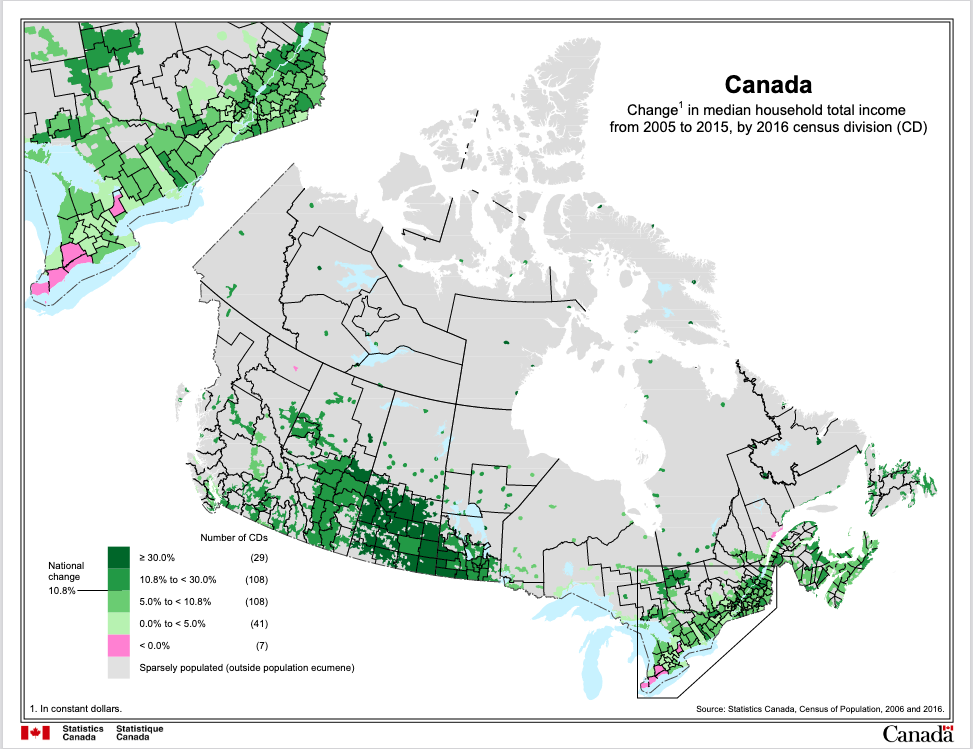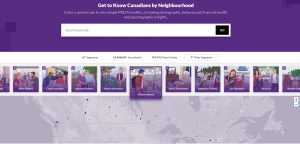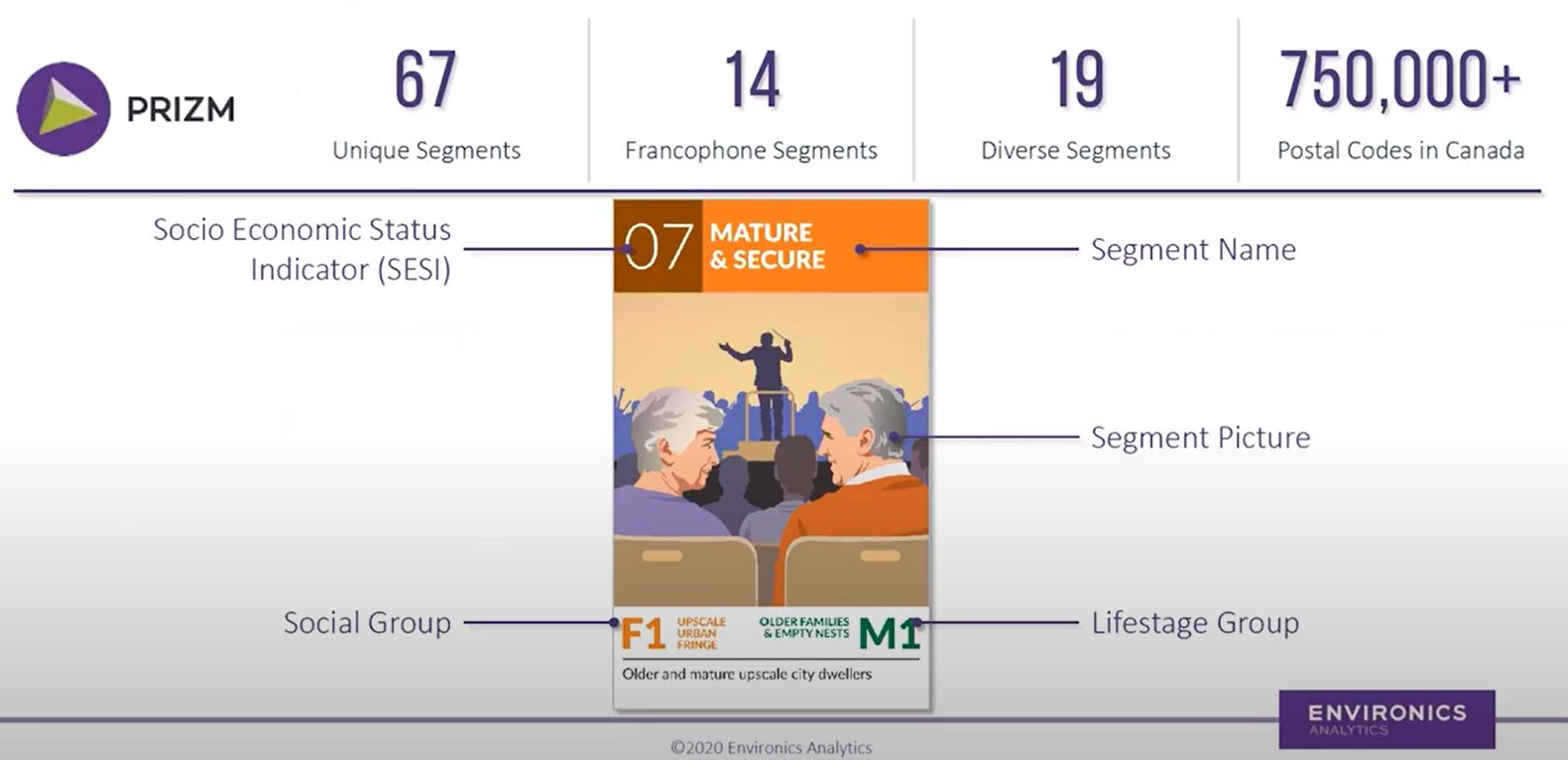Reading: Secondary Marketing Research
Tapping Existing Sources of Information
Before diving into primary research for a marketing research project, it’s always wise to investigate whether there’s an existing body of relevant information that you can work with. It’s at least a place to start, and it may show you what you’re missing. This is known as secondary research.
Secondary research uses secondary data, or source information that has previously been collected either inside or outside the organization. Internal data and some external data are freely available or have only a nominal cost. Other secondary-data providers charge fees to marketing researchers who want to access their data sets, reports, and customer insights. Common types of secondary data are described below.
Internal Data
A company’s internal data, such as sales and marketing records, customer account information, product purchasing, and usage data are typical secondary data sources. Previously prepared marketing research reports may also be a great source of insights as you seek to solve a new or related business problem. Marketing researchers may also compile a large amount of internal data into a shared database and conduct marketing analytics to understand patterns in customer behaviour, market trends, and other insights to guide management and marketing strategy decisions.
Government and Nongovernmental Organization (NGO) Data

Many government agencies as well as nonprofits and other nongovernmental organizations collect and publish vast amounts of freely available data that may be useful for marketing research purposes. For example, demographic data published by Statistics Canada offers great insight into the makeup of the Canadian. population by age, gender, educational attainment, and many other factors. The Nova Scotia Government’s Open Data Portal has a range of data sources for the province including business and economy, government administration, nature and environment, and social services. The World Trade Organization publishes economic data, trade statistics, and information about the regulatory environment for business for more than one hundred WTO member countries.
You can view data for the median household total income on the Statistics Canada website[1].
When leading auto-repair franchise Midas developed a formula for “placing” their new franchised stores in successful locations, they turned to government research sources such as U.S. census data. The company explains that they look for “streets with high traffic counts, with 50,000 or more residents within three miles, and with speed limits no higher than 45 miles per hour. We look for areas that have several other major food, automotive, or retail brands, and we like to put new locations near car dealerships, since many customers transition their freshly out-of-warranty cars from dealer maintenance to Midas.”[2]
These examples of governmental and NGO data just scratch the surface of the many and varied publicly available data sources that can inform smart marketing and business decisions.
Industry Associations, Professional Journals, and Media
 A variety of industry and professional associations publish data to inform professionals and the general public about what’s happening in their profession or economic sector. Most industries also have dedicated media that focus on pertinent news, research, and developments including online or offline news outlets, magazines, newsletters, and journals, as well as popular websites, blogs, and other online forums. Similarly, academic journals and libraries can be great secondary data sources for influential developments. Topics can range broadly, from sizing industries and product categories to discussions of key challenges faced by organizational leaders such as corporate chief information officers or college and university presidents. Marketers should be attuned to the organizations and publications that cover the industries or product categories they work within. These will likely be the most fertile sources of insightful, up-to-date secondary data.
A variety of industry and professional associations publish data to inform professionals and the general public about what’s happening in their profession or economic sector. Most industries also have dedicated media that focus on pertinent news, research, and developments including online or offline news outlets, magazines, newsletters, and journals, as well as popular websites, blogs, and other online forums. Similarly, academic journals and libraries can be great secondary data sources for influential developments. Topics can range broadly, from sizing industries and product categories to discussions of key challenges faced by organizational leaders such as corporate chief information officers or college and university presidents. Marketers should be attuned to the organizations and publications that cover the industries or product categories they work within. These will likely be the most fertile sources of insightful, up-to-date secondary data.
Commercial Marketing Research Data
A number of commercial marketing research companies offer syndicated marketing research. Syndicated research usually covers topics that may be of interest to multiple organizations. Research companies collect data, analyze it, and resell it to organizations interested in the topics and consumers these initiatives explore. Often these projects collect vast amounts of consumer data over time, providing a useful historical view about the consumer population and how it may be evolving over time.
For example, the research company Nielsen captures data associated with PRIZM, an elaborate lifestyle and behavioural segmentation of the Canadian consumer market. Marketers can purchase data and analyses from Nielsen to help them better understand the PRIZM segments and how these segments map to target audiences they want to reach and penetrate. Nielsen also collects scanner data, which are detailed information about the sale of consumer goods obtained by “scanning” the bar codes for individual products at electronic points of sale in retail outlets. The data can provide information about quantities, characteristics, and prices of goods sold.
Environics’ PRIZM is Canada’s leading consumer segmentation system. They have broken the Canadian market into 67 segments and is used by many Canadian companies to analyse demographic, lifestyle and behavioural characteristics of markets. Click the link and enter a postal code to see sample PRIZM profiles, including demographic, behavioural, financial, health, and psychographic insights.[3]

Gain a fresh perspective on Canada’s distinct markets and communities
- 67 PRIZM segments reflect the evolution of Canada’s lifestyles and increasing cultural diversity including 14 francophone segments and 19 segments with high immigrant populations.
- Segments capture social currents including the growing prominence of millennials, an increasing senior population, and the rise in multigenerational households.
- “Urban Fringe” classification highlights once-suburban areas that are now much more urban as a result of intensification.

The Environics data helped Credit Unions Atlantic Canada to size their markets and identify opportunities for their 50+ credit unions in Atlantic Canada. The analysis was used to create interactive dashboards that showed acquisition, engagement, and retention. The Environics tool was used to show where individual credit unions could improve from a product perspective.[4]
Student Monitor, another example of a commercial marketing research company, tracks attitudes, trends, and behaviours among American college students. Industry analysts like Forrester, Gartner, and Outsell publish research reports that estimate market size, penetration, and how competitors stack up against one another in various industries and product categories. Still, other research firms offer syndicated research and insights about consumer trends and developments in various global geographies, industries, economic sectors, and product categories.
Database marketing organizations, sometimes called customer insights services providers, collect massive amounts of information about consumers by linking financial and credit data to tracking data about online and offline purchases and other behaviours. Then they mine the data to find patterns and indicators about which data points are most useful for sales and marketing purposes. Organizations can purchase access to this information for use in marketing research analyses as well as ongoing marketing activity. They can also combine it with their own internal data to get a richer view of their customers and target segments.
As data about individual consumers, companies, and industries proliferate, so do the ways companies try to capitalize on them by packaging, analyzing, and selling reports, data sets, and other information products to organizations that need them. It’s a burgeoning industry in its own right. The breadth and variety of commercially available secondary data will continue to expand along with the tools marketers use to exploit the available information.
Search Engine Results
Whether or not you are familiar with secondary data sources pertinent to your marketing research project, it is smart to conduct an Internet search (using a reputable search engine) to see what sources surface. Search engines can be hugely helpful in locating both free and commercially available secondary data. With this information, you can compare the options and decide whether it makes sense to pay for data or rely only on free resources.
In addition, thorough Internet searches can help confirm that you’ve tapped into whatever existing data sources might be helpful to you before you decide to invest in primary research and data collection, which is usually more expensive than secondary data.
Analyzing Secondary Data
With secondary research in hand, the next step is to review your source materials to pull out the insights that are most pertinent to your marketing problem. Some secondary research sources may include data you can analyze and map to your own customer segmentation or other market analyses. Other secondary research provides analysis and insights you can use to develop implications and recommendations for your organization and marketing problem.
It is helpful to capture key findings and recommendations from the secondary research review and analysis, just as you would for a primary research project. The goal is to summarize what you have learned, making it easier for any primary research activity to build on what has already been discovered from secondary research.
Advantages and Disadvantages of Secondary Research
There are tremendous advantages in using data from secondary sources. First, the expense of gathering information from secondary sources is usually a fraction of the cost of collecting primary data. It also requires less time to collect secondary data, and often there are significant time pressures around getting the information needed to solve a marketing or management problem. With rapid, ongoing developments in information technology, it is becoming easier and more cost-effective to gather, merge, and reformulate numerous secondary sources of data within a single system or database. This capability has made secondary data even more attractive.
There are two primary limitations of secondary research. First, the information may be somewhat dated, since you are using data previously collected by a third party. Second, secondary data is rarely collected for precisely the same reasons that you are conducting your marketing research project. The secondary research may be related to your current marketing problem, but it probably does not address your exact problem with your exact market and competitive dynamics.
You can gain a lot from secondary research, but it is important to account for these limitations as you decide how to incorporate insights from secondary data. In spite of these limitations, the advantages of secondary research are so great that it’s standard practice not to proceed with primary data collection until a thorough review of secondary information has been conducted.
- Statistics Canada. (2017). Canada – Change in median household total income from 2005 to 2015, by 2016 census division. https://www12.statcan.gc.ca/census-recensement/2016/geo/map-carte/ref/thematic-thematiques/inc-rev/map-eng.cfm?TYPE=2 ↵
- http://midasfranchise.com/research-midas/how-do-i-find-a-midas-location/ ↵
- Environics’ PRIZM (n.d) See Canada Through a Whole New PRIZM® With Powerful Consumer Insights https://prizm.environicsanalytics.com/#explore ↵
- Environics Analytics (n.d) Credit Unions Atlantic Canada https://environicsanalytics.com/en-ca/resources/case-studies/case-studies-details/credit-unions-atlantic-canada ↵


